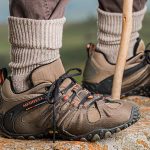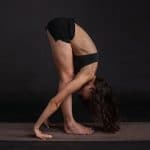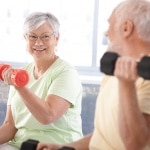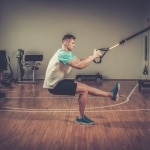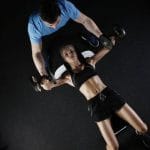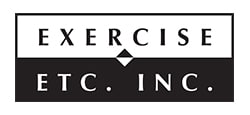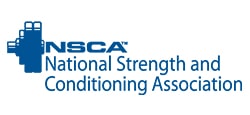As If Getting Older Isn’t Bad Enough…
You eat right, you get regular check ups, you even floss…but if you are a runner, even a long-term runner, as you age, you lose speed, have increased risk of injuries, and just don’t seem to have that ooomph in your stride you once had. Why is that? How is that possible? Put simply, biomechanics.
Speed is a function of stride rate (how many steps per minute you take) and stride length. Studies have shown that as you age your stride rate decreases along with your stride length; hence, you get slower. But you also become prone to more lower leg injuries, especially to the calf and Achilles tendon.
Most prior studies com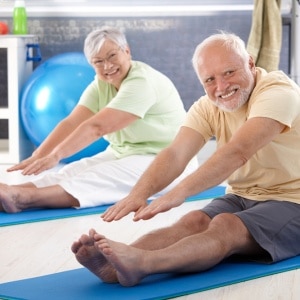
This happens simply by aging alone although the rate of decline is related to how fit you keep yourself. Furthermore, most studies include two categories of age: young (below 30) and older (your age plus 15 – that’s a joke.)
A recent study aimed to identify the relationships between age and running mechanics by evaluating 110 experienced runners aged 18-60. They were divided into 4 decade-groups. They ran at their training pace while high-speed cameras caught their lower limbs in motion from a variety of angles, and force plates measured their ground reaction forces (GRF).
On average, stride length shortened by about 8 inches and speed decreased by about 13 inches/second, from the 20s to the 50s. Similarly, GRF decreased 15% in forward propulsion and 10% in the vertical direction.
Additionally, hip and ankle angles stayed similar over time but knee angles decreased, taking away some of the propulsive power from the upper legs. And, while all segments decreased power, the ankle saw the most mechanical output decrease: ~31% between 20 and 60 years of age. This resulted in 13% reductions in stride length and running speed.
The takeaway is this: if you’re a runner or a walker, for health and fitness, do heel raises, preferably off the edge of a step, in order to keep in stride as you age. MSSE Jan. 2016


